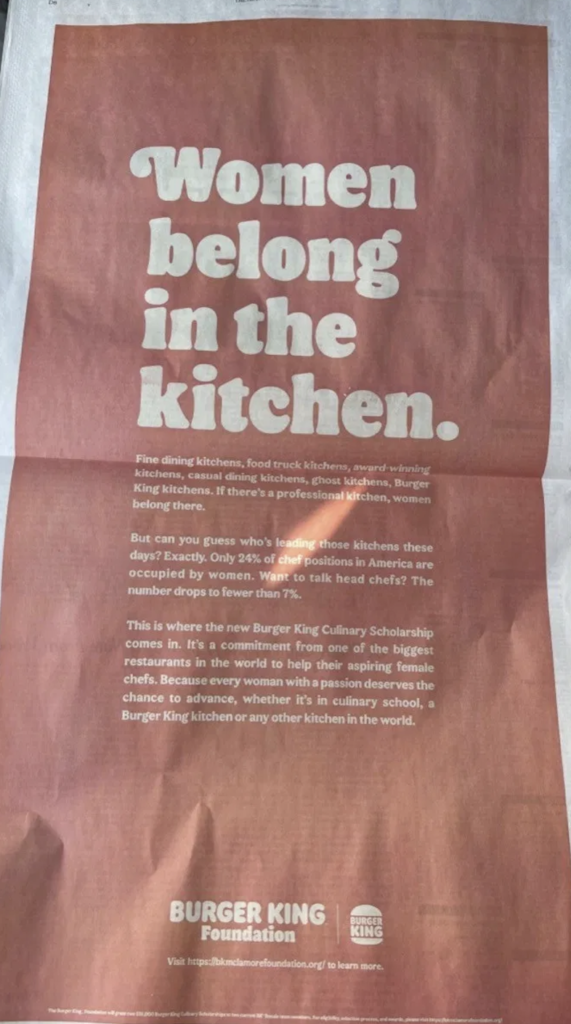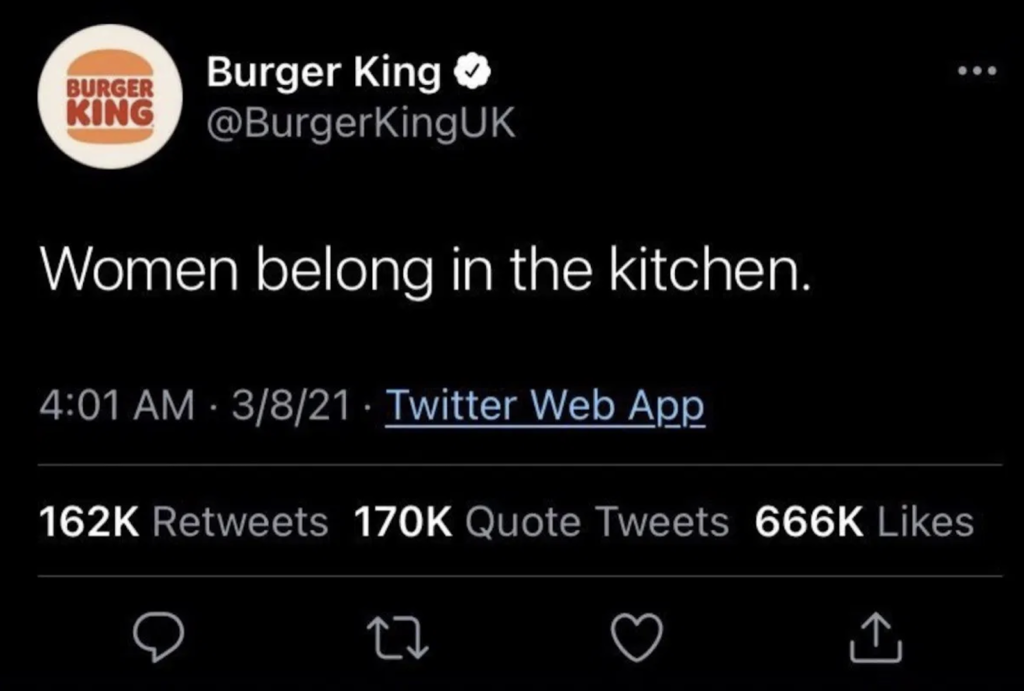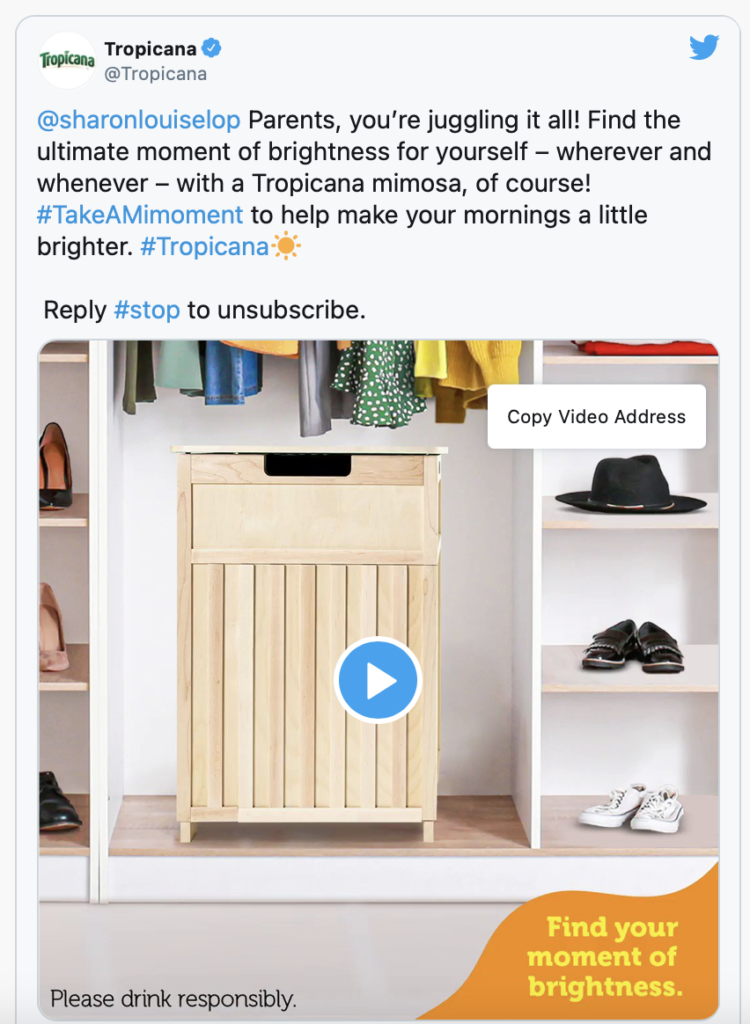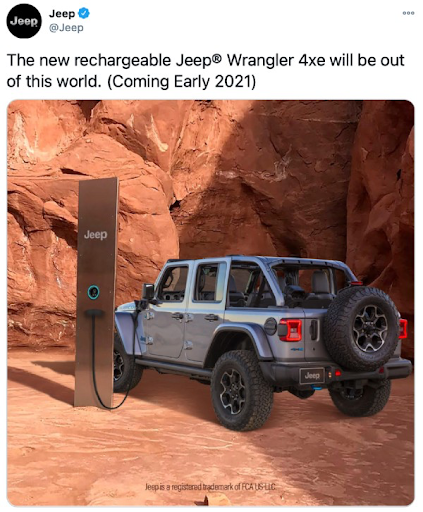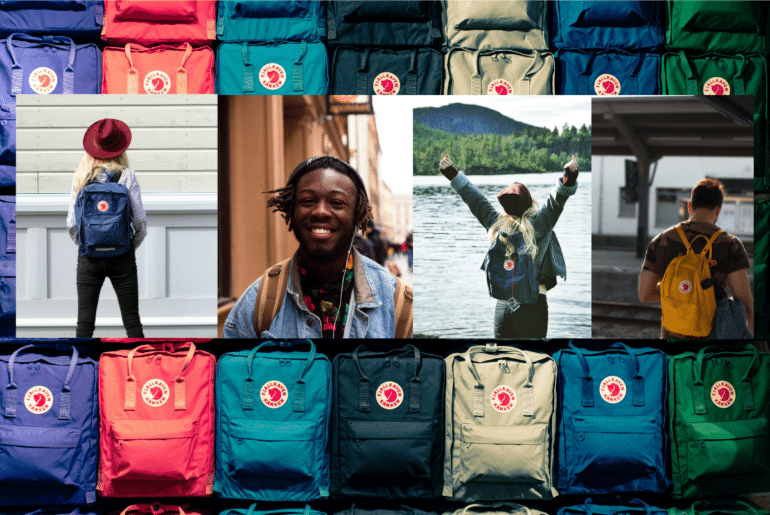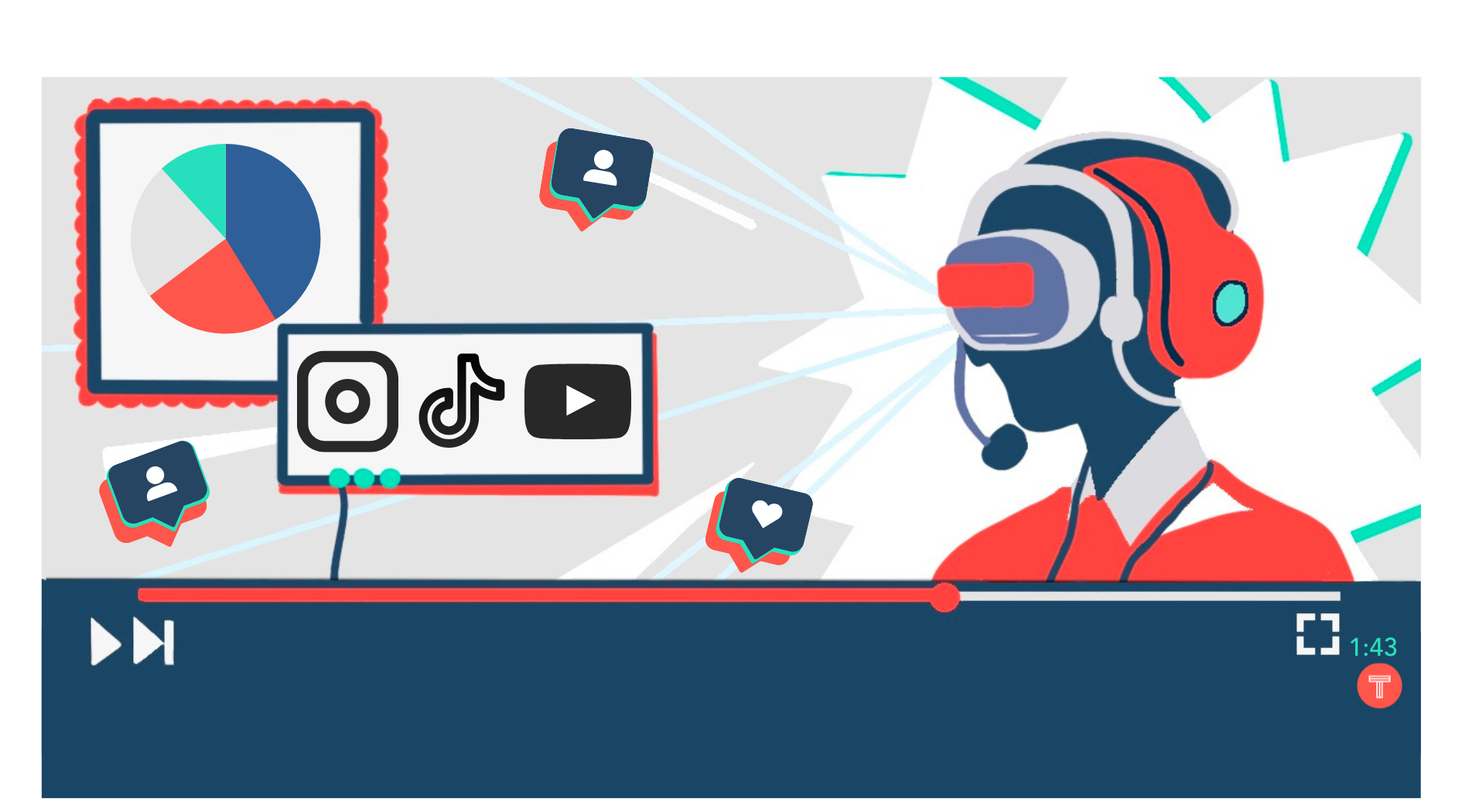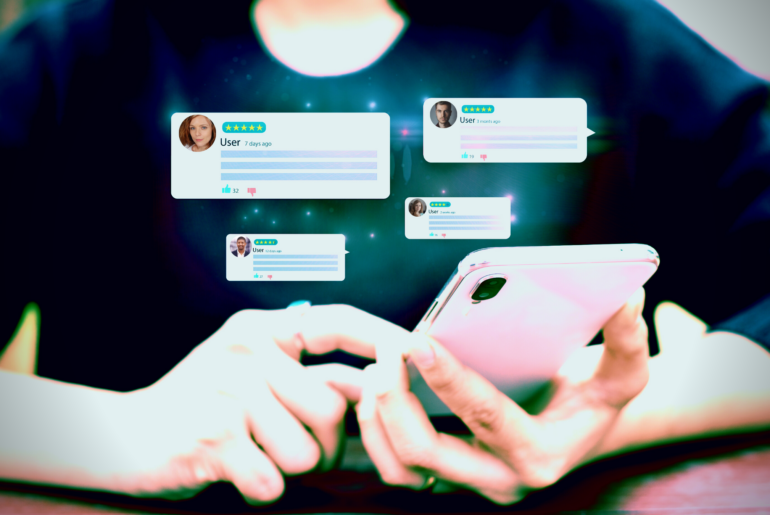With more people sharing their customer experiences on social media, user-generated content (UGC) is proving to be the insight that data couldn’t always give brands. UGC can help brands monitor customer sentiment, track competitors, and discover valuable keywords. This type of social media monitoring, known as social listening, creates a real-time stream of in-depth understanding.
Surveys don’t always bring back the most truthful answers. Marketers also don’t want to interrupt the buyer’s journey right when the customer hits the most exciting phases; the moment they purchased, when they received their product, and when they experienced the benefit for the first time. Surveys often get filled out after the fact when the emotion has worn off.
With UGC, brands get to see what those exciting phases of the buying journey are like for their customers. When happy customers pull out their phone to take a photo or video celebrating their purchase, unboxing, or enjoying their product—brands get to listen in on the conversation. UGC is now a social media intelligence tactic and marketers must get used to using it.
Why Social Listening is More Important Than Ever
Thanks to omnichannel digital marketing, brands establishing closer relationships with their customers than ever before. They get to hear real-time customer feedback about their products. This brand monitoring of social media channels lets them track share of voice, brand mentions, messaging, and campaigns.
Using social media listening, brands can keep up with the conversation through UGC. While some of these topics are positive, like funny trends on TikTok, others are more serious and require brand comments from companies whose customers expect them to take a stand, like on racial injustice issues. Social listening gives brands the opportunity to hear from their community and act accordingly.
Social Listening is more than tracking your fans across Facebook, Twitter, and Instagram. Your employees can, and should, contribute to the conversation as well. Employee-generated content (EGC) has higher engagement, follows, and shares than brand-created content. Similar to influencer marketing, EGC puts faces to a brand name and helps consumers connect with more than just the pretty packaging.
As more people feel comfortable sharing their voice on social media, customer and employee voices are going to be heard. Brands can use social listening to make sure they’re spreading the right message about their company to help with everything from brand awareness to customer service.
How To Use UGC with Social Listening
Working with leading brands, we’ve found that even the biggest brands can face challenges when it comes to finding social listening tools that aid in finding UGC across social networks. Without the right technology, parsing through the vast amount of social media data and sentiment analysis could be a full-time job. TINT helps companies find, collect, organize, and repurpose UGC across their marketing channels.
To use user-generated content for social listening, brands can:
- Review Google trends and daily news
- Search relevant hashtags on social media
- Have conversations with their target audience
- Analyze top (and bad) performing content
- Search product review sites for mentions of your brand
- Monitor industry trends
- Use TINT to collect and analyze UGC
Let’s take a look at how companies are using positive UGC and negative UGC in their social listening strategy.
Social Listening in Action
Burger King’s Shoot and Miss
Burger King recently made a bold campaign with the headline, “Women belong in the kitchen” for International Women’s Day 2021. The campaign ran in print and on social media. Here’s the print ad:
And here’s the ad that caught the most attention, a tweet thread that started like this:
What Burger King failed to remember is that only an apparent 20% of people continue reading after the headline. While Burger King continued their tweet thread with the same copy as their print ad, talking about how women belong anywhere they want and bringing to light that only 7% of Head Chefs are women, but they failed to get people to continue reading. Instead of focusing on the Burger King Scholarship, people focused on the headline.
Burger King used social listening to find the major discontent across their social media presence. The explosion of customer complaints led them to delete their tweet and issue an apology once they saw the negative backlash it was receiving. Without social listening, Burger King’s brand team would have continued on with their campaigns, not learning from this blunder. With social listening, Burger King can issue an apology and explain what they were actually trying to say—saving face and helping recuperate their brand image.
Tropicana’s Failed #TakeAMimoment
At TINT, we’ve continued to see the power of hashtags. Tropicana tried to make a viral moment with their #TakeAMimoment campaign in 2020 but ended up missing the mark with their messaging. The campaign centered around parents hiding orange juice and champagne around their house so they could take a moment to themselves to relax. It played on the stress placed on parents during the pandemic, as they juggle work and full-time parenting.
Instead of parents embracing the idea of a “mimoment” they pointed to the negative message it sent about alcohol use. They thought that Tropicana shouldn’t be pushing alcohol use, especially to relieve stress, and called them out on social media for missing the mark. Tropicana listened to the feedback and decided to shut down the campaign and issues a public apology to its customers.
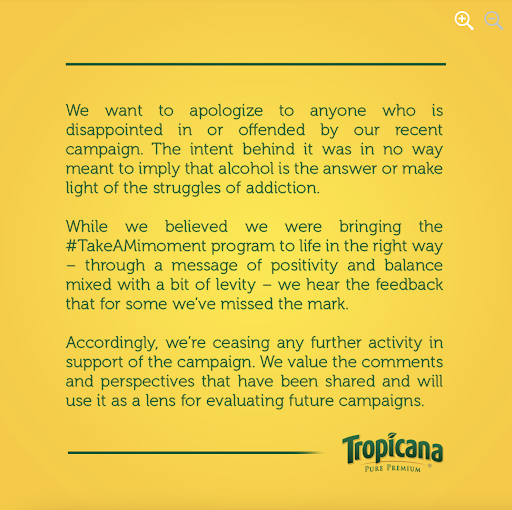 Jeep Charges at the Monolith
Jeep Charges at the Monolith
A great example of social listening came from Jeep in 2020 with their monolith campaign. To promote their Jeep Wrangler 4xe Hybrid, Jeep created a campaign that took credit for the mysterious monoliths popping up around the world. They used the monolith-like charging station for the Jeep in a perfectly timed ad.
What makes great timing? Talking about something while it’s still relevant. By using social to listen to what was trending, Jeep was able to make a play on the current events. They were able to jump on the virality of the monoliths and get more eyes on their 4xe Hybrid campaign. Market research from Adweek reports the campaign analytics indicated this was the best performing content for Jeep in the past year, with 102,000 reactions and 15,000 shares.
OceanSpray Cruises into Virality
OceanSpray had a lucky moment last year when Nathan Apodaca shared a TikTok video cruising to work on a skateboard while drinking a jug of OceanSpray cranberry-raspberry juice. Nathan’s TikTok video got over 26 million views and the song playing in the background, Fleetwood Mac’s Dream was streamed 36 million times in the weeks after Nathan’s video went viral.
OceanSpray could have let this moment pass without taking advantage of the virality, but they listened. Social listening showed them the virality of their perfectly placed product and as more TikTok users started to create their own renditions of Nathan’s video, OceanSpray decided to take part in the conversation.
They bought Nathan a brand new truck filling it with jugs of OceanSpray. The viral moment continued as people started to talk about OceanSpray’s gift. A simple TikTok created a new generation of brand advocates and helped OceanSpray connect to consumers in exciting new ways.
This is the new perspective that user-generated content gives marketing. The perspective from their customers, fans, and followers’ eyes tells them if they missed the mark or hit a home run with their latest campaign. With UGC and social listening, brands can build a marketing campaign around their customers.
What are they struggling with, talking about, or laughing about today and how can they add their brand to the conversation?
By finding, collecting, and organizing UGC brands can take part in the conversation (or apologize when needed) to ensure their marketing messaging is hitting the mark.
Leading brands like Marriott, Nestle, Nike, and LinkedIn trust TINT as their UGC discovery and activation platform. Schedule time with a TINT content specialist to see how you can use UGC to create campaigns based on social listening.


